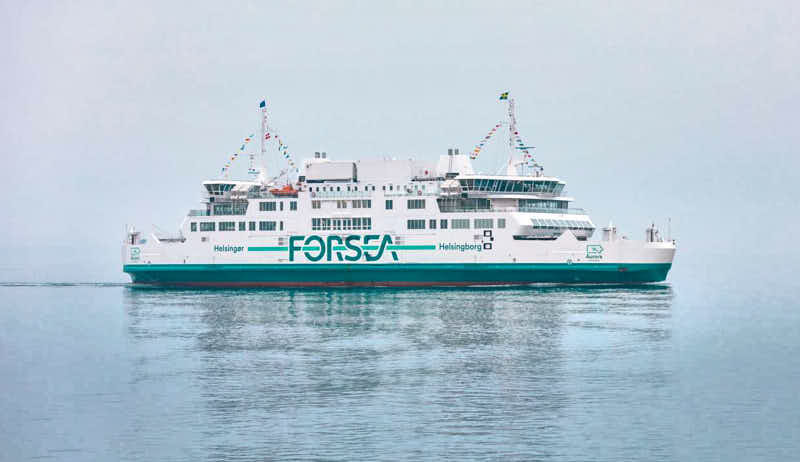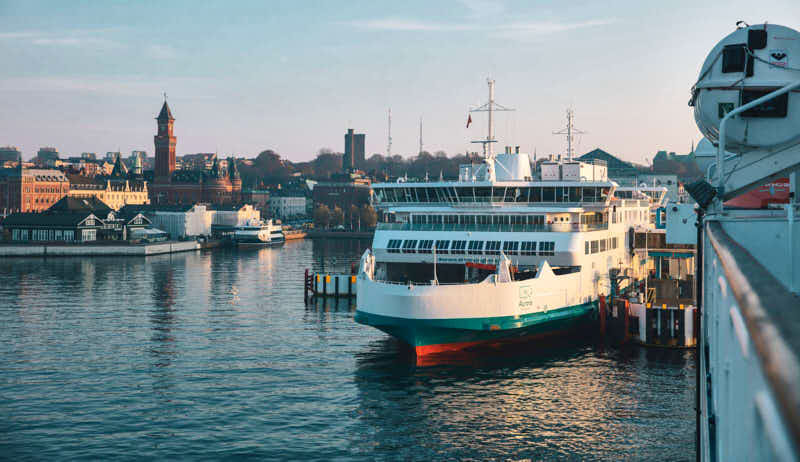The batteries now have an expected lifetime of five years. In total there are 640 batteries, each weighing 90kg. This increased the total weight of the vessel by 280 tons. Johan Röstin sees a fast evolution in the development of the technology. “We expect the lifetime and capacity to improve rapidly.” Ferry Shipping News was told from other projects that batteries were put in the ship at the final stage of the construction, in order to have the latest generation of batteries.
Charging takes place every time the ferry berths. On the Danish side charging takes 6 minutes, and on the Swedish side 9 minutes. This is enough for the crossing.
It feels like there is always some kind of financial incentive for that kind of projects and indeed Mr Röstin confirms that the company was granted EUR 12 million from INEA, the European Union’s executive agency for innovation and network. The budget for the total conversion project was some EUR 30 million.
Now two ships are battery-powered. Johan Röstin says they are looking into optimizing the fleet, and adds it is difficult to be concrete at this moment.
During 2019 all remaining vessels will get the new identity.
More technical information can be found on ABB’s website.




